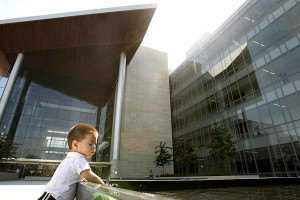Chief Justice: We’re Basically Denying Justice
New Group Will Advocate For California Courts
Gov. Brown Vetoes Limits On Court Outsourcing
By MARIA DINZEO
Monterey County Adapting To Justice Rationing
Backlogs Prompt Some Courts To Re-hire
Gov. Considering Major Court-Outsourcing Bill
You can read the report here.
Stat Report Getting Very Cautious Reception
Caseload Report Out, Will Have Budget Implications
Long Beach Courts Move To New Public-Private Built Building
Check out the story here.
California Courts Monitor ‘Special Report’ Update now on stands and available for download
When we published our printed “Special Report” earlier this year, it detailed a court crisis facing a difficult season. Sometimes, it seemed that the looming cuts, coming after years of cuts, were mostly positioning for the ongoing state budget battle. In addition to our daily online offerings, we promised to update the print report at the end of summer, so that’s what we did, and it is now available in local coffee shops and newsstands or you can download it by clicking here.
The takeaway? It was as bad, and sometimes worse, than expected. An environment of fear and insecurity only became more so. And we marveled at the number of people who would talk about courts issues, but only on condition we never name them. Think of that. These are people who are mostly afraid that judges — judges! — will actually punish them for voicing opposition. And some of those fearing retribution are lawyers.
In this Update, we have included more new material than we intended and highlighted one of our judicial profiles in a blatant attempt to show relevancy to a new audience — the national civil courts community. You can access the original here on our website or contact us directly at scw@californiacourtsmonitor.
And let us also say Thank You for the warm reception and backroom briefings prompted by our coverage. Our pledge is to get better and that our mistakes will be those of the head, not the heart.

